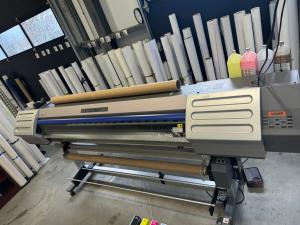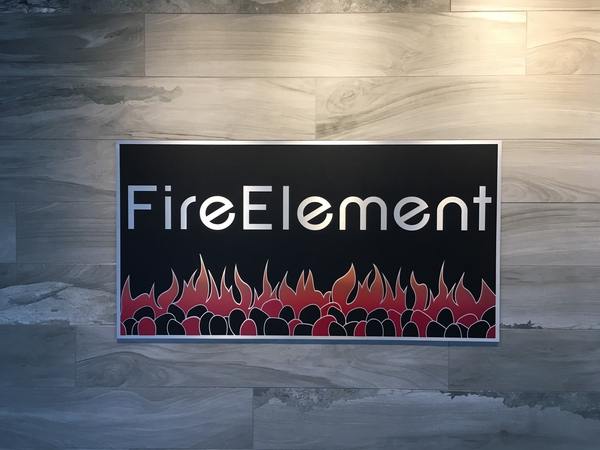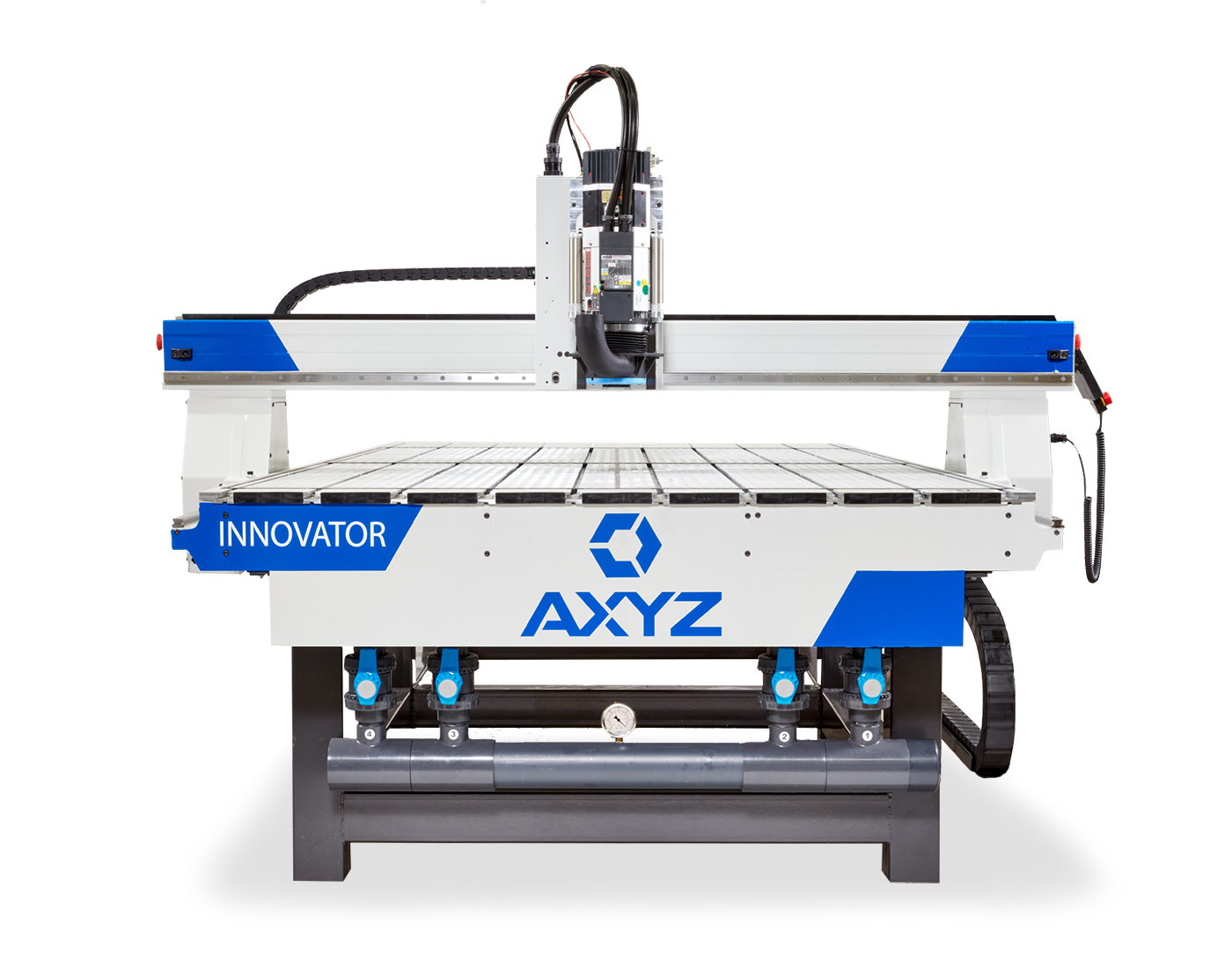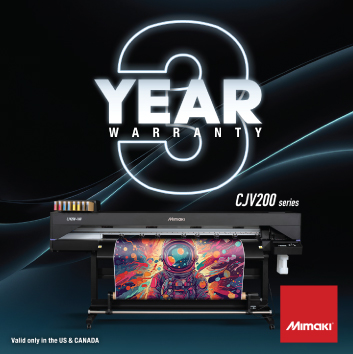Recommendations to prevent structural failure
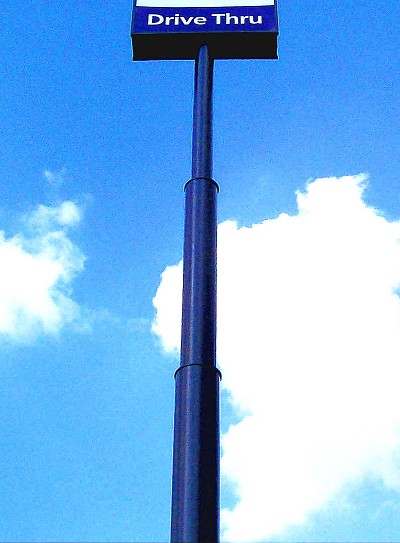
The common, welded sleeve connections demonstrated relatively low fatigue resistance in testing, with all four specimens showing the same cracking pattern, even with the use of a guide ring. As for repairs, a steel-jacketed retrofit device incorporating cement grouting—as well as a second repair incorporating a welded steel cone placed above the upper ‘cap ring plate’—demonstrated improved fatigue resistance at the most commonly observed failure location. Testing also determined slot welds commonly used to attach internal ring plates to lower pipe sections constitute a secondary focus for fatigue cracking. The testing confirmed an FRP scheme for the repair of cracked slot welds effectively prevented further crack growth.
Among the alternative designs, a bolted match-plate connection performed relatively poorly, but a revised sleeve connection—incorporating a one-sided, bottom-only fillet weld detail in the joint between the ‘cap plate’ and upper pipe—enhanced fatigue resistance. Also, filling the cavity between the pipes in the sleeve region with grout (as an alternative to slot welds) or providing a conical transition between the pipes demonstrated improved durability in testing. A tapered slip-joint connection, however, which requires no welded joints between the pipe sections, substantially outperformed all of the other specimens tested.
So, it is reasonable to assume by introducing better-performing alternative designs, both for new construction and for retrofits and repairs, users can expect significant improvements in overall sign durability.
Wind-induced vibration, however, carries an important caveat. It is a complex phenomenon, so even when studies point the way to significantly improved design features, these alternatives do not diminish the importance of regular, ongoing safety inspections to detect structural issues.
Installation/inspection guidelines
As part of regular or routine maintenance, all existing free-standing sign structures must be inspected periodically, at least annually, for evidence of the following:
- Structural damage, including metal fatigue, cracking, corrosion and other damage caused by severe weather, vehicular collisions and other impacts, with special attention given to the transitions between sections of ‘telescoping’ sign poles.
- Loosened or damaged bolts (including anchor bolts, column section bolts and sign attachment bolts), as typically indicated by excessive sign movement.
- Broken, missing or unacceptable welds, based on industry-established visual inspection guidelines, including all plug welds used for joining multi-section poles.
- The addition of planter boxes, other landscaping or overgrowth of vegetation at the sign base, which can cause retention of moisture in contact with the pole at the base and/or the anchor bolts.
- Improperly formed or absent concrete footer caps that do not afford adequate drainage or that permit the accumulation of standing water in contact with the sign base or anchor bolts. This includes the presence of grout or foreign matter lodged between the footer cap and the base plate that prevents drainage of water from inside the bases of hollow sign poles.
- Broken or cracked sign faces, which pose blowout hazards.
- Tilted or otherwise skewed sign poles that denote improper footer dimensions or other anchorage issues.
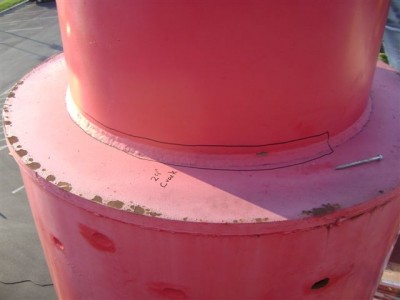
Any of these structural defects should be photographed and reported promptly by the inspecting contractors to the sign owners. As well, sign owners should retain on file copies of all such reports as originally furnished to them by the inspecting contractors.
No sign structure should be repaired using stopgap methods, such as re-welding cracks or adding gussets, except strictly as a temporary measure to prevent imminent failure. Permanent, corrective measures should be taken instead, fully approved in advance by registered and licensed professional engineers.
In addition to the aforementioned regular visual inspections, it might also be necessary to use third-party specialists to identify damaged structures. This is particularly encouraged for splices in the columns of single-pole signs where the sign cabinets are elevated 15 m (50 ft) or higher above grade.

